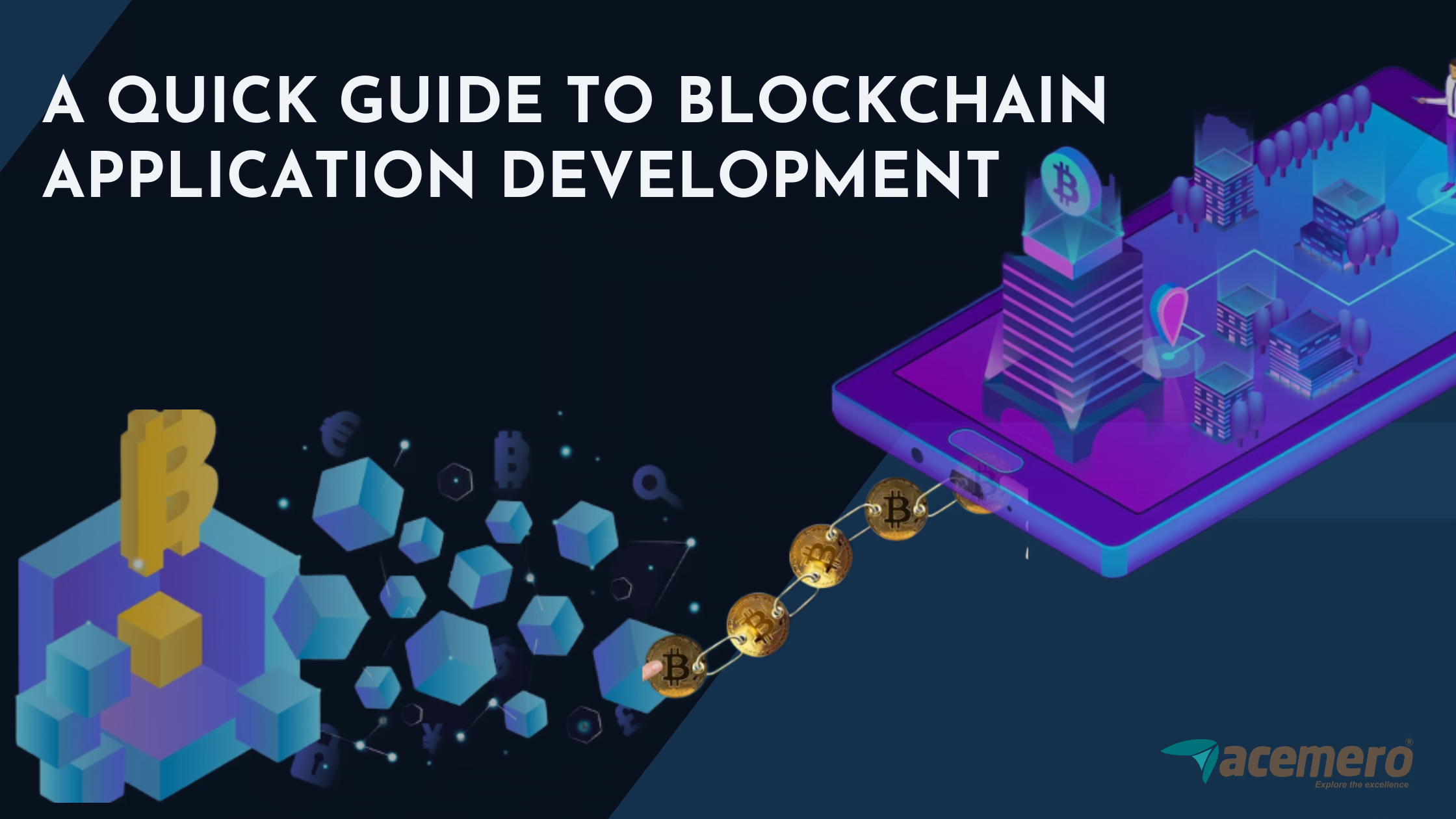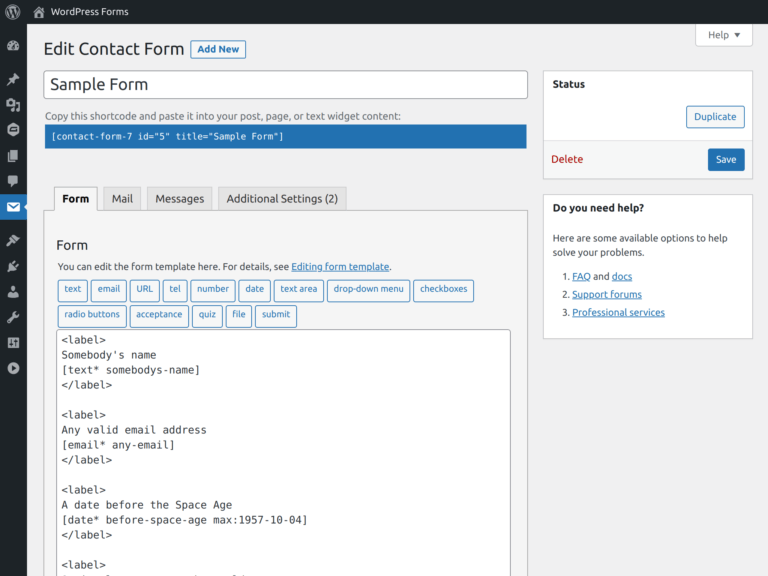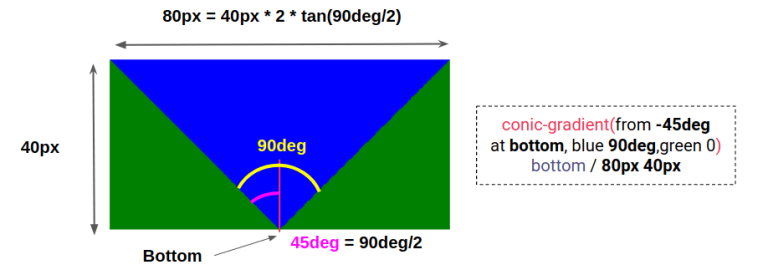
For some time now, the issue of blockchain application development has dominated news programs, social media platforms, and office gatherings.
But at the moment, there is no sign that the excitement surrounding cryptocurrencies and the blockchain will soon quiet down.
As a result, our blockchain app development tutorial is available to help you with all the major technical and business facets of the technology.
Blockchain technology news, along with its applications and blockchain development tools, is becoming incredibly popular with both supporters and detractors.
As a result of changing its name and business plan in line with the blockchain craze, even a regular company is seeing higher earnings.
The classification of the Blockchain system/solution type is the first step in determining how to construct a Blockchain application.
— Supporting cryptocurrencies
— Network
— Blockchain types based on support for cryptocurrencies
Based on the participation of cryptocurrencies, blockchains are broadly categorized into cryptocurrency-based and non-cryptocurrency-based solutions.
1. Cryptocurrency-based Blockchain:
Table of Contents
These blockchain systems operate based on cryptocurrencies, as suggested by the name. The following well-known blockchain types include:
— Wallet: The public or private keys used to send, store, or receive cryptocurrency are stored in these safe digital wallets.
This blockchain type, often known as a cryptocurrency wallet or crypto wallet, primarily deals with the conversion and trading of cryptocurrencies in a centralized, decentralized, or hybrid environment.
— ICO: The public or private keys used to send, store, or receive cryptocurrency are stored in these safe digital wallets.
This blockchain type, often known as a cryptocurrency wallet or crypto wallet, primarily deals with the conversion and trading of cryptocurrencies in a centralized, decentralized, or hybrid environment.
— Crypto Exchange: The blockchain technologies used to trade cryptocurrencies or digital currency are essentially these.
They accept credit card payments, postal money orders, and other payment options in addition to depositing the cryptocurrency into your cryptocurrency wallet.
In addition, they go by the name Digital Currency Exchange (DCE) systems.
— Dapp: Decentralized apps, also referred to as dApps, are apps that are not under the jurisdiction of a single entity. It can be run in real-time by many users via a decentralized, P2P network with the usage of trustless protocols.
2. Non-cryptocurrency-based Blockchain:
These options for blockchain app development are independent of cryptocurrency currencies. This blockchain type is mostly thought of for inventory management and is based on distributed ledger technology (DLT).
Are you curious about distributed ledger technology? It is a distributed database from a technical standpoint, utilizing several nodes and computers.
Here, the ledger is replicated across each node, allowing for independent processing. What’s more amazing is that there is no central authority overseeing the ledger.
Individual adjustments may be made before the node is put to a vote for the most support possible. Consensus is the term for this type of voting, in which the approval of the majority is required to make changes.
Changes are immediately applied throughout the database as soon as the consensus limit is met.
Smart Contract:
Whether or not you need a smart contract is the second item you should think about. A smart contract is a self-executing protocol that processes, verifies, or enforces any trigger-based action stored on the blockchain system, as you may already be aware.
Cryptocurrency:
The second factor you should take into account when asking How to design a Blockchain app is whether or not you require the use of cryptocurrencies in your mobile application. This factor is crucial in determining the best platform.
Functionality And Adoption Rate:
It is crucial to consider a current blockchain’s adoption rate and amount of community support.
The adoption rate measures how widely a certain blockchain innovation has been adopted. Choosing a technology that has been widely welcomed and adopted rather than one with a low adoption rate is wiser.
Decentralization:
The Scalability Trilema highlights the fact that each developer may only expect to achieve, at most, two of the three qualities.
Platform’s Nature:
While some blockchain platforms use smart contracts or more than one cryptocurrency token, others are based on cryptocurrencies. Choosing the type that is best for you will simplify the creation of Blockchain apps.
Consensus Protocol:
As for the consensus protocols used by various blockchain development platforms, they include Proof of Work, Proof of Stake, Proof of Elapsed Time, Proof of Burn, etc. so it is also advantageous to choose the right platform based on the consensus process.
Scalability:
People who want to build blockchain platforms using already built technology should consider the transaction capabilities and decide if it will meet their demands.
Three key factors are taken into account while discussing blockchain scalability: speed, security, and decentralization.
The Scalability Trilema highlights the fact that each developer may only expect to achieve, at most, two of the three qualities.
– April 29, 2023 – 87 Views






